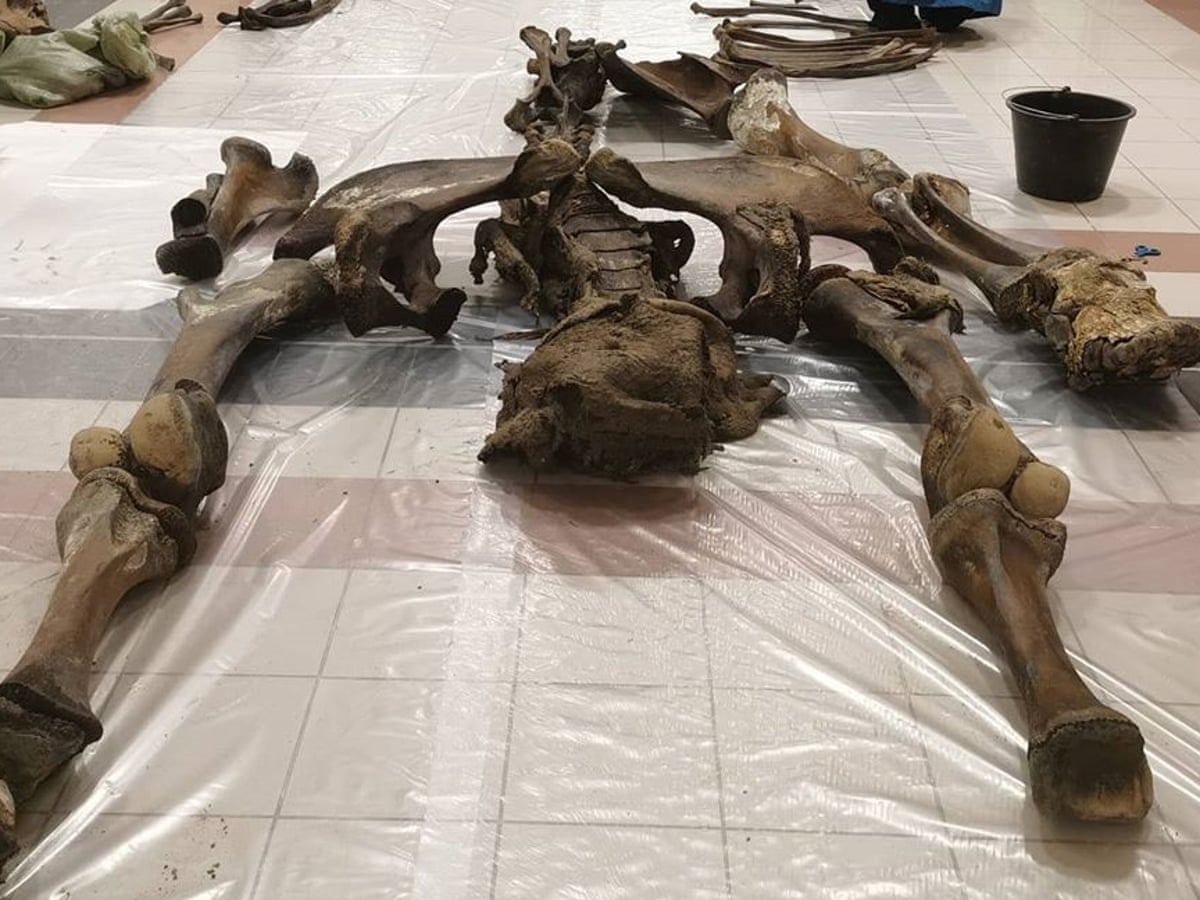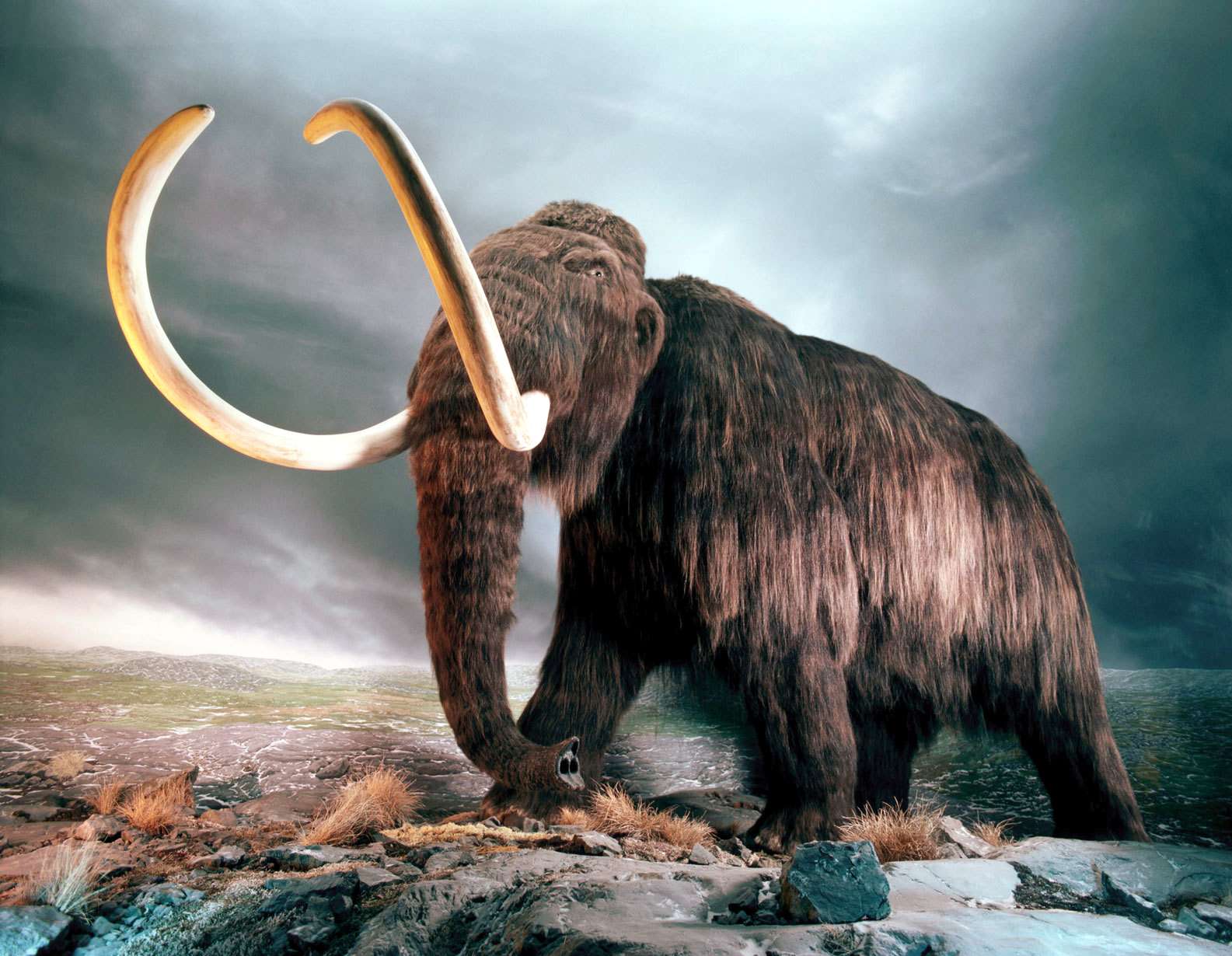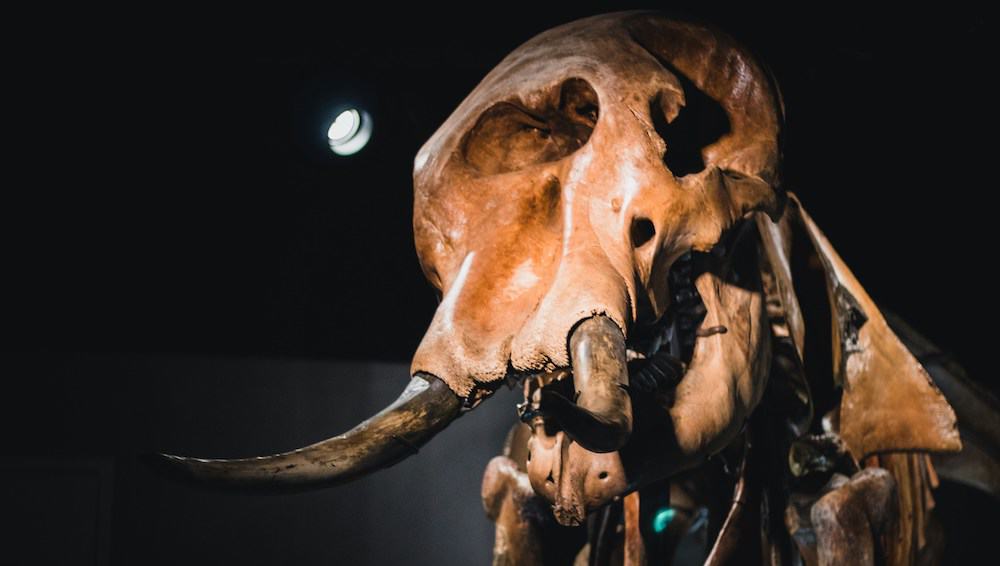The recent unveiling of a remarkably well-preserved woolly mammoth, estimated to be around 10,000 years old, marks a significant discovery by Russian scientists. The mammoth’s remains were retrieved from the depths of a Siberian lake, offering invaluable insights into the distant past and the effects of climate change in the Arctic region.
This extraordinary find provides researchers with a rare opportunity to study the anatomy, genetics, and ecology of an ancient species that once roamed the Earth during the Ice Age. By examining the mammoth’s well-preserved tissues and bones, scientists hope to unravel mysteries surrounding its behavior, diet, and evolutionary adaptations to harsh Arctic conditions.
Delving Into the Uncovering of the Woolly Mammoth
The painstaking efforts of experts over five days in the remote Yamal peninsula have yielded an astonishing discovery: the remarkably well-preserved remains of a woolly mammoth at the bottom of Lake Pechenelava-To. Local residents first spotted the remains, prompting a meticulous retrieval operation that resulted in the recovery of approximately 90% of the ancient creature, including its tendons, skin, and even excrement. Such remarkable discoveries are becoming more frequent in Siberia as the region’s rapid warming due to climate change thaws the permafrost, revealing long-buried secrets.

A Unique Preservation
The woolly mammoth, believed to be a male aged between 15 and 20 years old and standing approximately 10 feet tall, will be named Tadibe in honor of the family who first discovered its remains. Andrey Gusev from the Centre of Arctic Research emphasized the exceptional preservation of the mammoth, noting that even the lower spine remained connected by tendons and skin. However, the retrieval process presented challenges, as the rest of the bones were discovered in a chaotic order, complicating efforts to reconstruct the complete skeleton. Despite these obstacles, the discovery of Tadibe provides a rare opportunity for scientists to study a remarkably well-preserved specimen of a prehistoric giant, offering invaluable insights into the ancient ecosystems of the Arctic region and the life of woolly mammoths during the Ice Age.

Insights into the Past
Evgenia Khozyainova from the Shemanovsky museum emphasized the remarkable preservation of Tadibe’s front and hind feet, which still retain tendons, soft tissues, and skin. Of particular interest is the discovery of the mammoth’s excrement, known as coprolite, which holds the potential to provide valuable insights into its diet and the environmental conditions of its time. Despite the extensive examination, the exact cause of the mammoth’s death remains elusive, as no obvious signs of injury were found on its bones. This mystery adds to the intrigue surrounding Tadibe’s discovery and underscores the ongoing research efforts aimed at unraveling the secrets of these ancient giants.

Mammoth Discoveries in Siberia
The discovery of this remarkably well-preserved 10,000-year-old woolly mammoth is just one example of the wealth of ancient treasures emerging from the thawing Siberian landscape. It joins the ranks of mammoth fossils dating back up to 30,000 years and the 18,000-year-old prehistoric puppy found in Russia’s Far East in 2018. These finds offer invaluable insights into the distant past and the environmental changes that have shaped the Arctic region over millennia.

